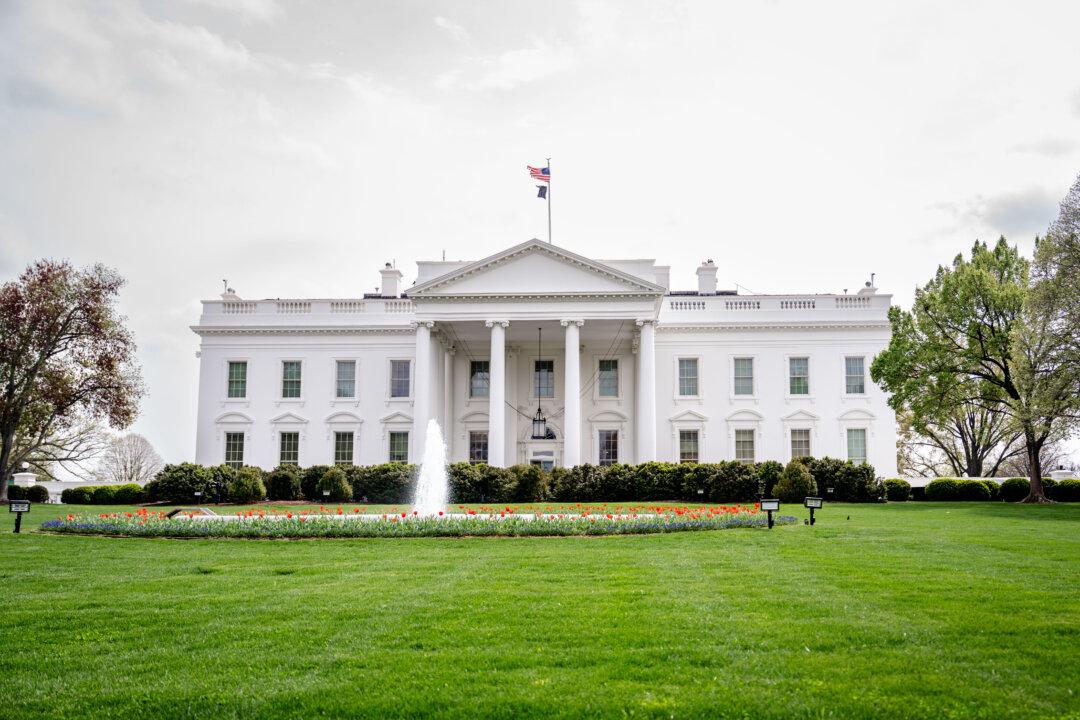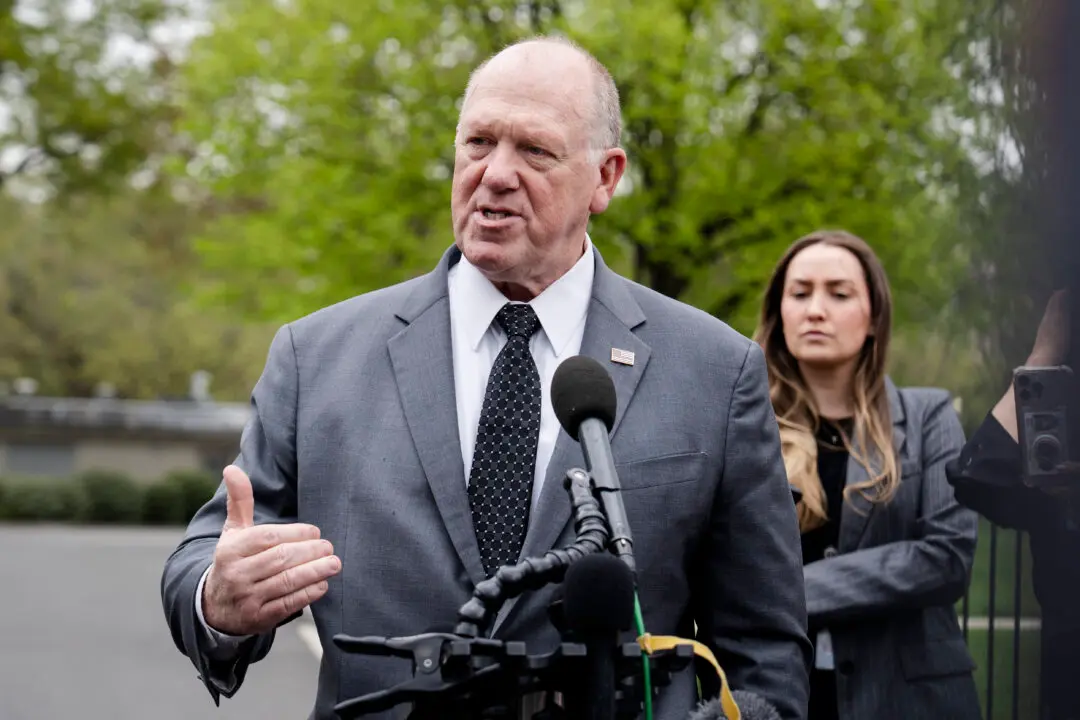Facing annual budget deficit forecasts of nearly $300 million per year beyond 2025, the Bay Area Rapid Transit (BART) agency’s board of directors president, Janice Li, has suggested that more thought be given to consolidating some public transit agencies that are operating in the Northern California region.
The suggestion comes as federal emergency funds that have sustained BART operations since the beginning of the COVID-19 pandemic are set to run out in March 2025.
“The conversations have already begun with CalTrain,” Ms. Li said on Oct. 25 during a four-hour-long budget meeting exploring possible solutions, referencing the rail service connecting San Francisco with Santa Clara County. “I think we need to start having these real conversations, with at least the rail systems, about what system consolidation could mean.”
In recommending further study on the matter, she suggested that savings and efficiencies were possible by aligning certain systems and schedules with some of the 23 public transit agencies operating in the Bay Area—typically bringing riders to and from BART from locations throughout the region via bus and rail services.
Regarding “consolidation of specific transit agency functions, even if it wasn’t a full-on merger with any systems, are there economies of scale and savings that we could have?” Ms. Li asked the board. She additionally mentioned the need to answer the growing demand for a merger with a comprehensive presentation even if such a plan was predicted to fail.
“Maybe you come back and say it will cost all this money and the benefits are minimal,” Ms. Li said. “Fine, but we’re getting push from advocates ... and I think we need to have a more substantive reply both on the legislative side and on the budget side.”
Merging transit agencies is a decades-old idea and one that’s generally opposed by BART and other agencies, but lingering budgetary issues have increased calls by supporters of consolidation.

One director questioned the logic of a merger, given the system’s current lack of success.
“Sounds logical, but consolidation would be followed by: ‘We can’t take people’s jobs!’” BART Director Debora Allen wrote on X, formerly known as Twitter, on Oct. 26. “The result is one giant bureaucracy run by all the same people who couldn’t effectively run the smaller bureaucracy.”
Noting the potential benefits of consolidating and streamlining operations, she said new leadership would be needed to ensure stability.
“I agree that some consolidation of smaller agencies does make sense,” Ms. Allen wrote. “My point is that BART is not fiscally nor operationally stable itself and therefore is in no position right now to be taking on the management of new agencies that are also fiscally or operationally unstable.”
Although budget problems have plagued the agency for years, concerns grew in earnest after ridership plummeted during the pandemic and never recovered—now at 42 percent of pre-pandemic numbers, according to BART statistics.
A change in work patterns downtown, with remote opportunities expanding, resulting in escalating office vacancy rates, combined with high levels of drug abuse and criminal activity in some areas in the region, continues to affect fare revenues, according to the agency.
The meeting included presentations outlining various options that the board has considered or could entertain to address the budget dilemma, with layoffs rejected by the president.
“I do not support any service or workforce reductions. Have no interest in discussing them in 2024, including during our budget process,” Ms. Li said during the meeting. “I don’t find it helpful for staff to put forward any workforce reduction proposals. ... Instead I really do find them demoralizing, and worse, I think it will create a lot of anger, chaos, and confusion in the public.”
Other plans included two options for deferring spending on certain budget items to later years—at a significant cost, increasing by approximately 250 to 300 percent, according to planning documents presented during the meeting.
“Prior to the pandemic, I would have never wanted to consider these options, but if there’s a time we talk about it, it should be now,” Ms. Li said. “Both are bad, bad deals, where the amount we defer and ‘save’ would cost us three times as much in the future.”

The president instead proposed seeking additional revenue sources by expanding the board’s representation to include the counties of San Mateo and Santa Clara.
While the counties have several BART transit stops, they don’t fund the agency via sales tax revenues—something the board president said she would like to consider changing, as their inclusion would generate millions of dollars in annual tax receipts.
Given the nature of the budget deficit, Ms. Li requested staff members to think outside the box when preparing plans for the next board meeting, scheduled for Nov. 16.
“I would really like staff to bring back some of those really big-picture-move kind of options,” Ms. Li said.
Meanwhile, Ms. Allen criticized the lack of budget documents in the meeting, which was meant to be a “deep dive” into the agency’s budget dilemmas.
“There was really only one slide in the 50-some slides they presented that day that went into any depth in respect to the budget, and all they showed us were revision numbers,” Ms. Allen told The Epoch Times on Nov. 7. “If you went through all 50 pages, you would not find one budget in that entire presentation.”
Such is not unusual, she said, given the transit agency’s history of public communication strategies.
“They didn’t give us what the updated numbers would be, but this is par for the way BART operates,” Ms. Allen said. “They’re not transparent with the public, and they never have been.”
Graphs presented during the presentation were questioned and characterized as misleading—with ridership statistics presented in a way that suggested levels are approaching normal, though the baseline numbers used were a fraction of pre-pandemic totals.
“At best, it’s a huge lack of transparency,” Ms. Allen said.
With a fiscal dilemma threatening the future of BART, the Metropolitan Transportation Commission—responsible for overseeing public transit in the nine-county Bay Area region—is considering awarding the agency $352 million, nearly half the amount provided by the state for the area.
If approved in a commission meeting planned for Nov. 15, BART will have until 2026 to resolve its budget problems, officials said.







